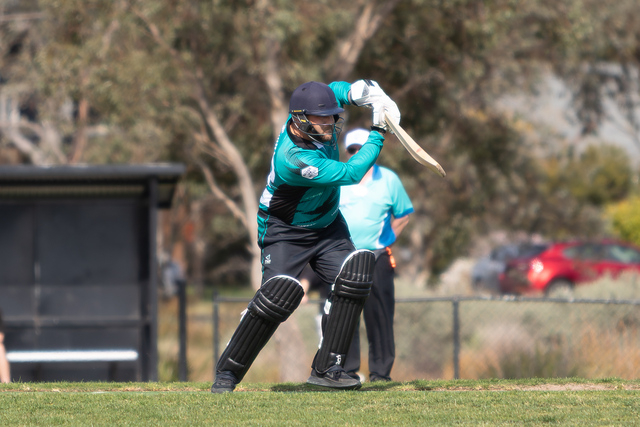A Deakin University expert is warning Victorian residents, including those in Melton and Moorabool, who experienced COVID-19 or any other respiratory illness this year to be aware of their increased susceptibility to thunderstorm asthma.
With the season having officially launching earlier this week, Deakin environmental allergist and Director of Deakin AIRwatch, Associate Professor Cenk Suphioglu, said COVID-19, influenza, and pneumonia, all leave the airways less able to combat asthma.
“In researching long COVID, health officials have collected anecdotal evidence that common symptoms being reported – including breathlessness, wheezing and a tight chest – are in fact textbook asthma symptoms,” said Associate Professor Suphioglu.
It therefore makes sense that anyone who has had a severe respiratory illness this year is at a higher risk when it comes to suffering from thunderstorm asthma, even if they have never had traditional asthma before.”
The concern this year is that a ‘perfect storm’ is brewing; high pollen counts, stormy weather and humidity are expected to combine from the start of November.
“We are overdue for another thunderstorm asthma event,” said Associate Professor Suphioglu.
“Given they occur every two to three years, conditions are ripe for a significant thunderstorm asthma season that could rival the 2016 epidemic.
If people can prepare now and educate themselves as to whether they truly have asthma, they will be better placed to survive a thunderstorm asthma event.”
According to Associate Professor Suphioglu, there are three critical areas of concern this season:
* Stormy, wet spring weather is predicted for November, giving rise to more grass growth and therefore, a high pollen count;
* People with compromised immune systems after earlier contracting COVID-19 may not realise this makes them more vulnerable to thunderstorm asthma;
* Pressure on the health system with the ongoing issue of stretched resources.
“Much has been learnt from the epidemic of 2016,” said Associate Professor Suphioglu. “We know what causes these events, and long-suffering asthmatics know how to protect themselves as best they can, by being vigilant about both their preventative and reliever medications. These can save your life and take the guesswork out of what to do in a thunderstorm asthma event.
“However, the challenge is to spread the message to those who have had COVID-19, or any other severe respiratory illness, but don’t consider themselves an asthmatic, to book an appointment with their GP, get tested and if diagnosed with asthma, have a tailored Asthma Action Plan drawn up.”
Common symptoms of thunderstorm asthma include breathlessness, chest tightness, wheezing or coughing.







